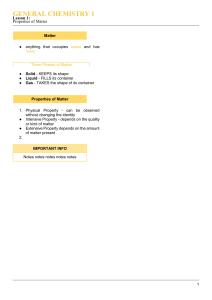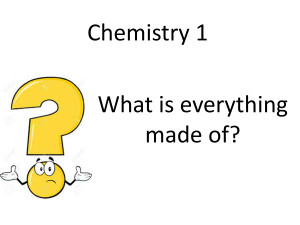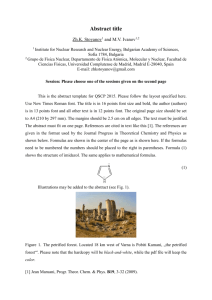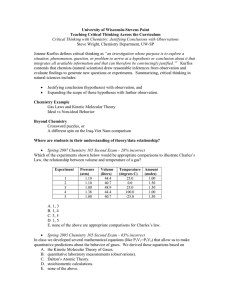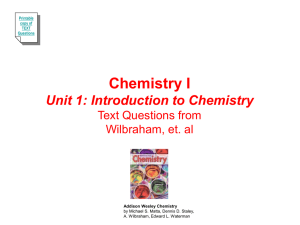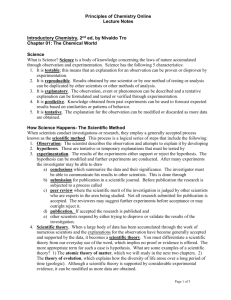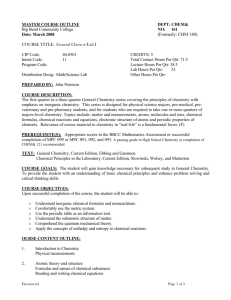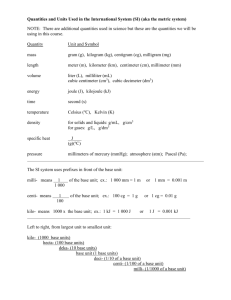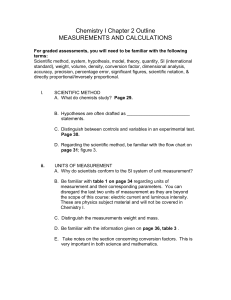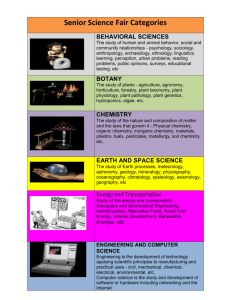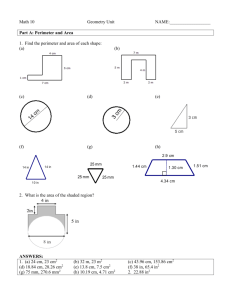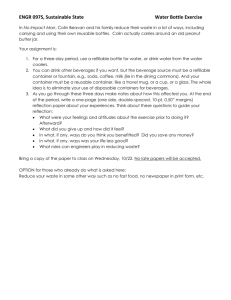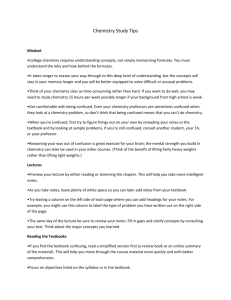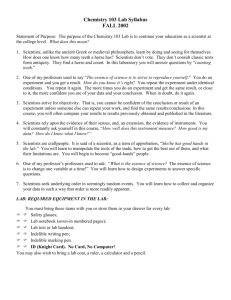Pre-Lab Questions (Measurement)
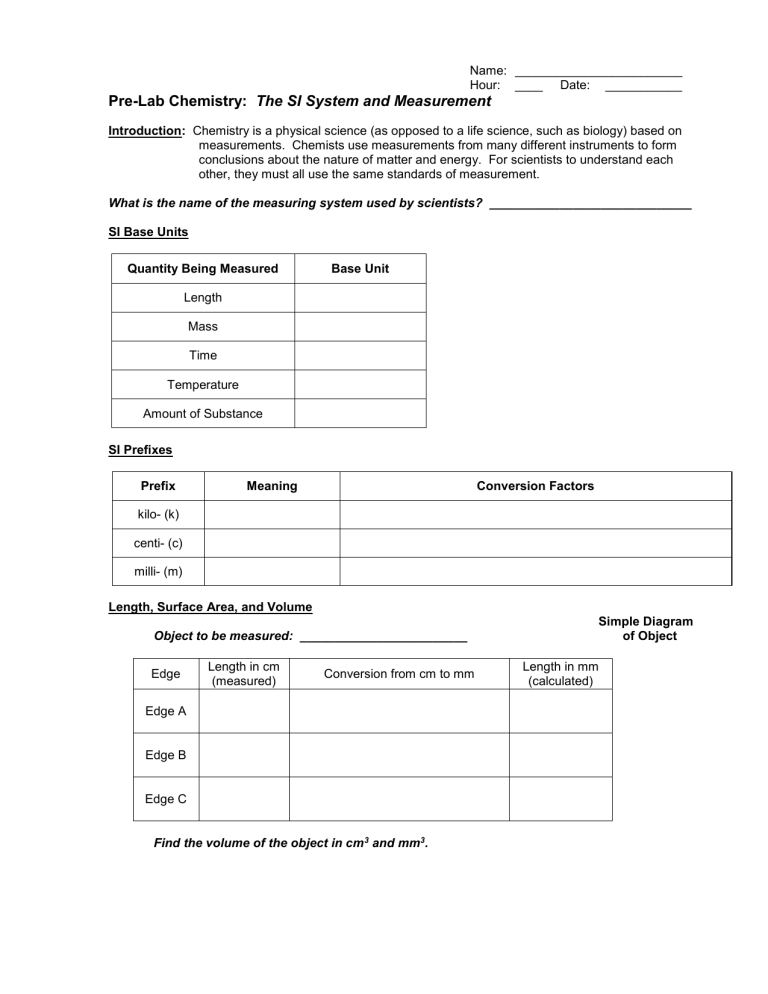
Name: ________________________
Hour: ____ Date: ___________
Pre-Lab Chemistry: The SI System and Measurement
Introduction: Chemistry is a physical science (as opposed to a life science, such as biology) based on measurements. Chemists use measurements from many different instruments to form conclusions about the nature of matter and energy. For scientists to understand each other, they must all use the same standards of measurement.
What is the name of the measuring system used by scientists? _____________________________
SI Base Units
Quantity Being Measured Base Unit
Length
Mass
Time
Temperature
Amount of Substance
SI Prefixes
Prefix Meaning kilo- (k) centi- (c) milli- (m)
Length, Surface Area, and Volume
Object to be measured: ________________________
Edge
Length in cm
(measured)
Conversion from cm to mm
Edge A
Edge B
Edge C
Find the volume of the object in cm 3 and mm 3 .
Conversion Factors
Length in mm
(calculated)
Simple Diagram
of Object
The SI System and Measurement (continued)
Find the surface areas of each face as well as the total area, in cm 2 and mm 2 .
Sample Calculations… cm 2 mm 2
Face AB
Face BC
Face CA
Total Area
Describe two ways to find the volume of a solid.
Finding Mass: Describe three ways to measure out 15 grams of water.
Problem Solving: In the next problem, your job is to identify the number of objects in the container.
Objects: ____________________ Container: _______________________
Describe the procedure you would follow to figure out how many objects are in the container.
Do the calculation. Show your work.
Measuring Temperature
To measure temperature, we use an instrument called a ______________________.
List three different temperature systems.
Now, circle the two we will use in Chemistry and put an X through the one we will never use.
There are formulas to convert between the various temperature systems, but we will go over these formulas at a later time.
